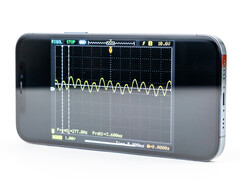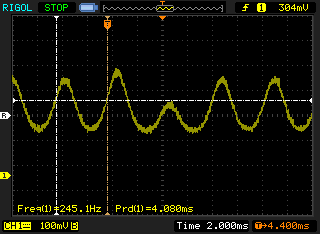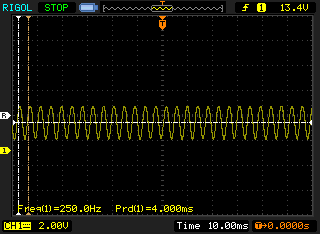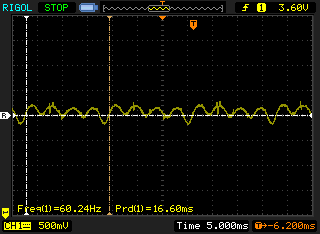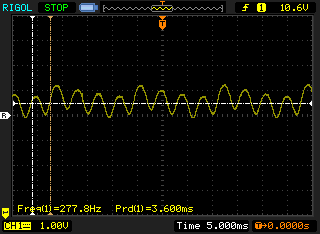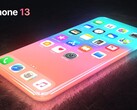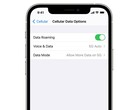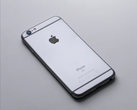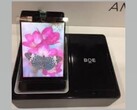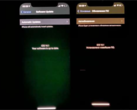The basis for Apple’s Super Retina XDR displays are OLED panels made by Samsung, most likely based on their current generation Dynamic AMOLED technology. At least that’s what the technical specifications suggest.
At 6.1-inches the iPhone 12 Pro’s display is slightly larger than the iPhone 11 Pro's. In order to maintain the same high pixel density, the resolution was increased to 2532 x 1170 pixels. In addition to displaying HDR content the display also supports Dolby Vision.
Just like all OLED panels this one, too, suffers from OLED flickering that is often equated with Pulse Width Modulation flickering but not quite the same. Both, however, have the same result: they may lead to headaches.
When reviewed the iPhone 12 Pro showed differing amplitude response levels depending on display brightness. At minimum brightness, we measured a frequency of between 117.9 and 245.1 Hz. Between minimum brightness and 21 % the frequency remained fairly consistent at 223 to 250 Hz. Between 22 % and 50 % display brightness we were able to attest a frequency of 60 Hz, and above that it started to fluctuate wildly between 80 and 277.8 Hz.
The fairly consistent amplitude response between 21 % should in theory make for less strain on the eye of the user. Combined with True Tone, which shifts colors towards the warm end of the color spectrum, the eyes should be confronted with less strain. Above 22 % the iPhone goes into 60 Hz mode, a method also commonly used for DC dimming. This maximum brightness achieved in this mode is around 150 nits, which means it will be most commonly used indoors. Brightness then increases significantly, and amplitude response becomes somewhat irregular. Given that the amount of ambient light will be fairly high in these cases the strain on the eyes of the user should be fairly low as well if the ambient light sensor is used to regulate display brightness.
Apple does not refer to this as DC dimming but rather uses a very complex finely tuned display controller to reduce the effects of PWM as much as possible. However, some strain may still occur, and we cannot ultimately say that it will be completely and 100 % perfect.




